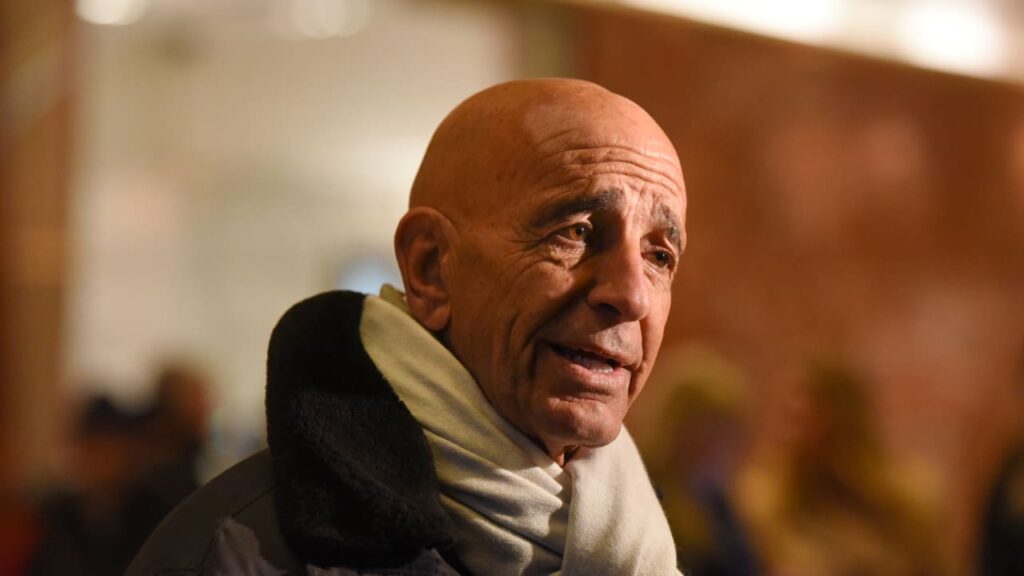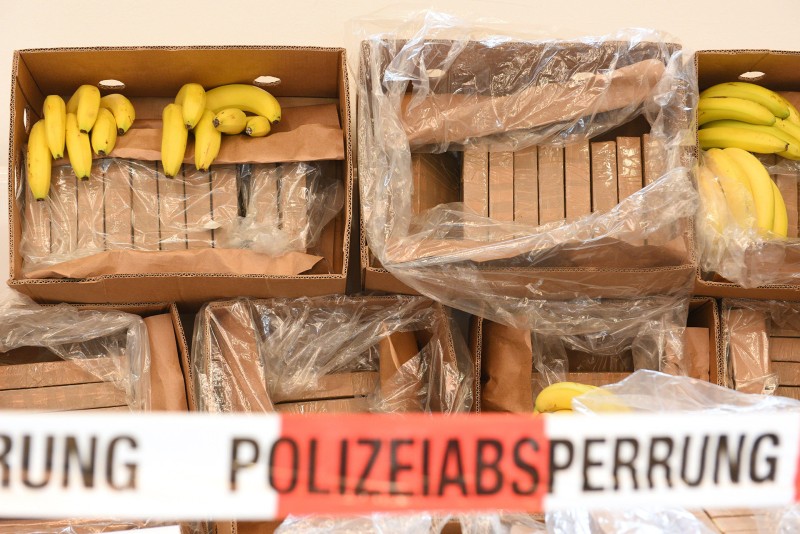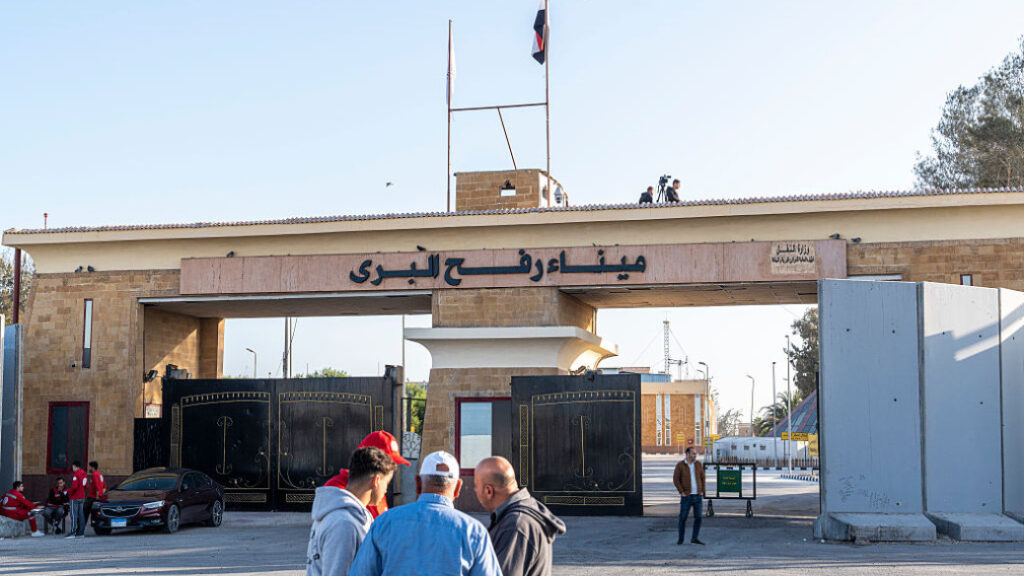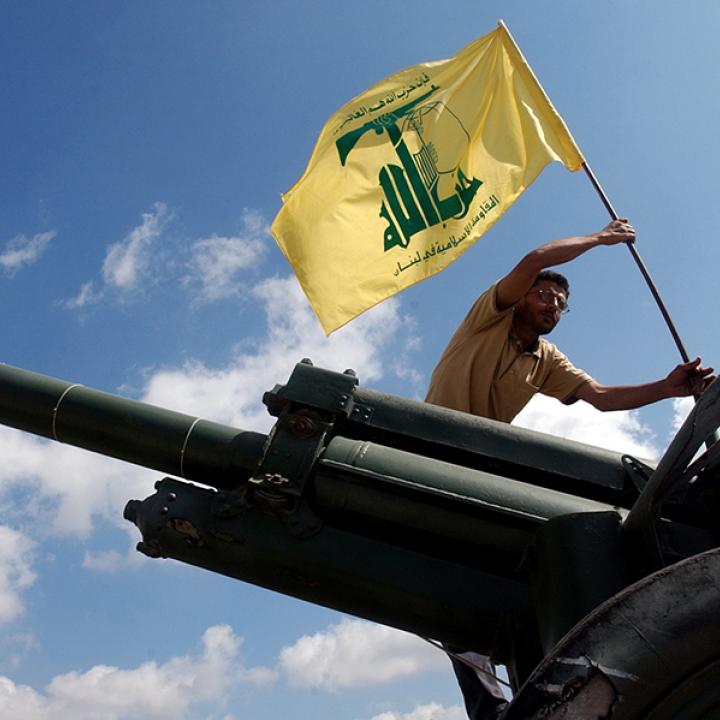In addition to providing discounted crude of a quality desired by American refiners, the resumption of oil flows via the ITP is already showing promise of furthering U.S. policy toward partners and adversaries alike.
On November 24—two months after the reopening of the Iraq-Turkey Pipeline (ITP)—an oil tanker laden with crude from the Kurdistan Region of Iraq (KRI) and sailing from the Turkish port of Ceyhan discharged at the Louisiana Offshore Oil Port terminal. Although U.S. oil imports are generally driven by private trade and pricing dynamics, this particular shipment would not have been possible without a U.S.-facilitated interim deal in September under which Baghdad, KRI officials in Erbil, and international oil companies (IOCs) operating in northern Iraq agreed to reopen the ITP after a halt of more than two years.






